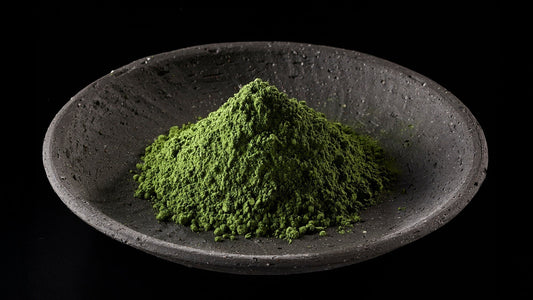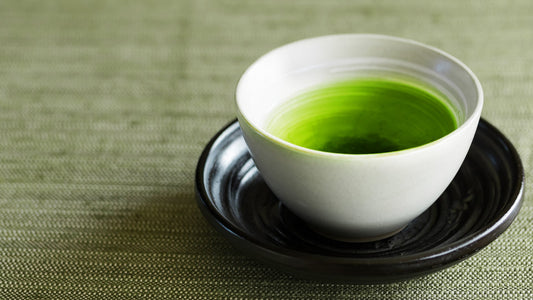In Japan, enjoying a cup of green tea is an effortless part of daily life.
Whether it’s a box of tea a family member thoughtfully picked up, a blend carefully chosen after a tasting, or a premium variety received as a gift and reserved for special moments—Japanese tea is always within reach. It's rare to find yourself exclaiming “We’re out of tea!”
And perhaps precisely because it’s always there, one surprising truth remains: few people actually know how Japanese tea is properly prepared.
Much like coffee or wine, Japanese tea undergoes a number of carefully managed steps after being harvested by tea farmers, ultimately transforming into the diverse varieties we enjoy today.
In this feature, we explore the transformation of freshly picked tea leaves into finished tea through the time-honored process of temomi—traditional hand-rolling, a craft that has been passed down since the early 18th century.
■ The Traditional Hand-Rolled Japanese Tea Method
1. Steaming (Jounetsu)
The first step is to apply steam heat to the freshly picked tea leaves in order to halt enzymatic activity.
This steaming process is a crucial stage in producing all three main types of sencha.
2. Leaf Separation (Haburui)
The first step in removing moisture from the leaves involves repeatedly lifting and dropping them by hand—a motion performed continuously for 20 to 30 minutes until their weight is reduced by approximately 30%.
|
Trivia! This process is carried out using a jotan—a wooden frame lined with durable traditional washi paper—placed over a hoiro (heated table), gently warming the tea leaves from below to keep them at an optimal temperature. |
3. Rotational Hand-Kneading Technique
The tea leaves are rolled broadly from side to side, coaxing out moisture through repeated motion. Rather than relying solely on fingertip movement, the tea artisan skillfully applies their body weight and the heat of the hoiro to gently evaporate the moisture over the course of 40 to 50 minutes.
4. Leaf Unraveling (Tamatoki)
From this point forward, the process shifts to shaping the tea leaves and enhancing their natural luster. The gathered leaves are gently loosened and spread out in a woven basket to cool, where each leaf is carefully separated by hand—one by one—with utmost attention to detail.
5. Core Kneading (Momikiri)
At last, the final kneading stage begins.
The tea leaves are returned to the jotan, where they are gently pressed between both hands and rubbed back and forth in repeated motions. Over the course of approximately 60 minutes, this careful technique is performed again and again to shape the leaves into their signature slender, refined form.
6. Rolling Knead (Tenguri-Momi)
The tea leaves are gathered at the center of the jotan, then aligned and pressed vertically between both hands.
With controlled, circular motions, the leaves are gently rotated against one another for approximately 30 minutes—gradually shaping them into fine, needle-like strands.
7. Final Curling (Kokuri)
Once the tea leaves have been shaped into fine, needle-like strands, the final step is to bring out their natural luster.
The leaves are once again carefully aligned, then firmly gripped between both hands and rhythmically kneaded with alternating flexing motions—rotating and pressing them with controlled force, much like kneading artisanal bread by hand.
This process continues for approximately 90 minutes. When the leaves take on their elegant, uniform shape and a beautiful sheen emerges, the hand-rolling is complete.
8. Final Drying (Kansou)
In the final step, the tea leaves are spread in a thin layer over the jotan, which has been gently heated to around 60°C. There, they are carefully dried to complete the process.
Although the eight steps required to produce this Japanese tea are now largely mechanized, there are still a few dedicated tea farmers who continue to craft it using the traditional methods we’ve introduced.
We sincerely hope that their skillful, time-honored techniques will be passed on to the next generation.
There is no doubt that tea finished by hand and tea processed by machine differ noticeably in both appearance and flavor.









